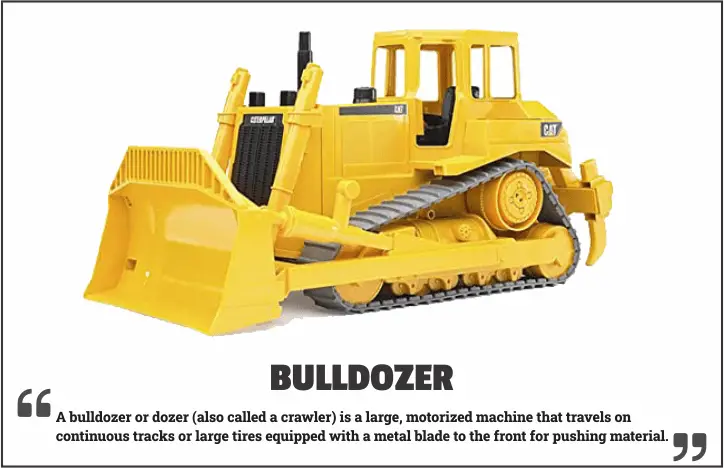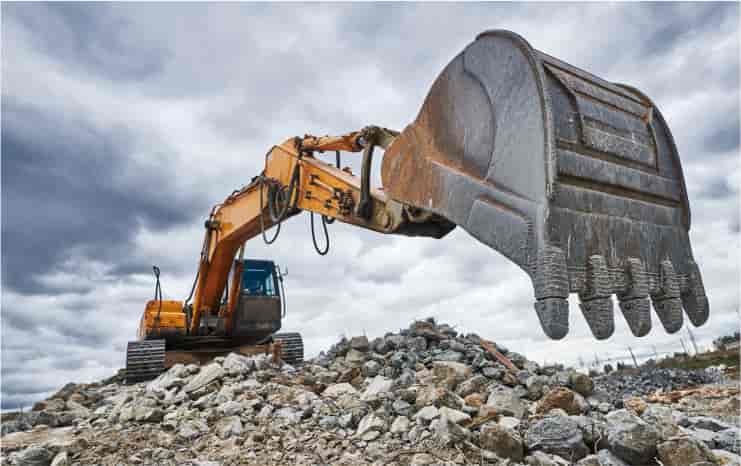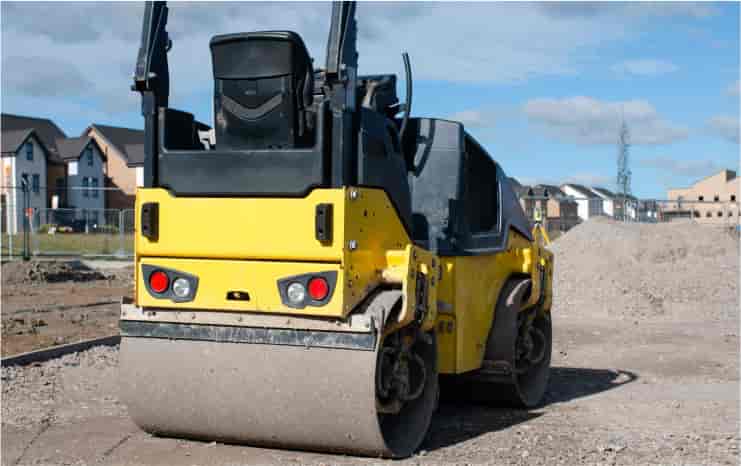Only recently I had a friend ask me about hiring construction machines. This friend wanted to hire a crane so he could install a new pool in his backyard.
His question made me realize I don’t know anything about hiring large machinery. I don’t know anything about hiring Australian cranes, or anyone who works in this industry. I also don’t know anything about construction or heavy equipment.
But this made me think: maybe I should learn more about construction machinery. At least the basics?
Upon reflection, this seems like useful information everyone should know if you’re planning on hiring machinery for a construction project or are new to working in the building industry.
In this article, we will take a closer look at just some of the most common big machines and we will cover just some of the basic facts beginners and building professionals should know.
The Giants of Construction: A Close Look at the World’s Largest Machines
Bulldozers:

These are probably the most recognizable of large construction machines.
Bulldozers are those machines with the large ‘pushing part’ at the front (turns out this is called a ‘blade’). The bulldozer uses its blade to push such things as earth, rocks, soil, debris, etc.
And bulldozers are used in all kinds of jobs: construction, demolition, farming, building roads, pulling out stumps, and much much more. There are many different kinds of bulldozers, too.
Bulldozers also have continuous tracks as opposed to wheels.
The tracks distribute the overall weight of the machine which helps the bulldozer maneuver over soft or unsteady ground and stop the bulldozer from getting stuck.
Excavators:

The excavator is the machine with one large arm with the ‘scooper’ on the end (the ‘scooper’ part is called a ‘bucket’).
The excavator is almost as versatile as the bulldozer and can be used for all sorts of tasks such as digging, lifting, demolition, construction, cutting down trees, etc.
And like bulldozers, excavators can come in all types, shapes, sizes, and models.
The excavator also runs on continuous tracks instead of wheels.
If you are anything like me, you might assume any machines with one large arm and a bucket is an excavator – but this isn’t the case. It turns out there is another similar-looking machine called a ‘backhoe’.
The main difference between an excavator and a backhoe is that excavators are larger. But backhoes are more maneuverable than excavators.
Excavators also have 360-degree movement, whereas backhoes are mostly restricted to 200 degrees of movement.
Lastly, backhoes have more available attachment options and can be driven on roads (unlike excavators).
These different machines might also be used for different jobs, but most of the time you would use an excavator for bigger jobs, and the backhoe for smaller jobs.
Loaders:
Loaders are another very common kind of large machinery. You will undoubtedly have seen one of these being used on a construction site or farm.
Loaders have a very large bucket on the front attached to a small arm.
The bucket is usually bigger than that of an excavator. As the name implies, loaders are used to lift and move (or load) materials or objects.
The loader’s bucket can be used to dig, carry heavy objects, ‘scoop’ loose material, push objects, etc.
Loaders are used in such projects as agriculture, farming, construction, demolition, building roads, cleaning up waste, and much more.
As is the case with all the other machinery mentioned in this article, there are many different kinds of loaders with various possible attachments. Specialized loaders might be used for different jobs.
The front arm attachment can even be replaced with alternate attachments such as pallet forks, brooms/ sweepers, diggers, mowers – even dozer blades.
Compactors:

The compactor, also known as a roller, is another easy-to-recognise machines.
The front of the compactor (the large cylinder) is called the ‘drum’. The drum is used to roll over and compact materials such as gravel, soil, asphalt, etc.
Different types of rollers are used for different jobs. For example, pneumatic rollers have a series of tired wheels in front (instead of a big drum).
The type of compactors you probably see most commonly (with one large cylindrical drum) are smooth drum rollers.
Compactors and rollers are used primarily in construction projects such as building roads, footpaths, parking lots, general building sites, gardens, and much more.
Compactors and rollers are also used for agricultural jobs and farming.
A quick note: They are not all called ‘steamrollers’. They are only ever called steamrollers when they are powered by a steam engine – which is rarely the case anymore.
Most rollers now have conventional diesel engines, but many people still call them ‘steamroller’s out of habit.
Also read: Types of Heavy Equipment
Graders:
Graders fall into the category of large machines most commonly seen among construction sites or on farms. Until recently I would have seen this large piece of machinery and assumed it was a tractor due to the similarities in design.
Similar to bulldozers, graders have a large blade as well that can be used for pushing, flattening, and yes, even sometimes ‘dozing’ objects. But the blade for the grader is usually behind the machine’s first set of wheels.
The grader’s blade is also much smaller, so this machine is usually used for jobs that require more precision or specialization.
Graders are also used in construction and maintenance jobs such as flattening an area of ground before asphalt can be put down.
There can be many different kinds of graders for different industries. And graders can have many different attachments.
To wrap up, diving into the realm of the world’s heftiest construction equipment has been an eye-opening journey, showcasing a lineup of incredibly powerful and adaptable machines tailored for very specific construction tasks.
These mechanical giants, from bulldozers with their brute strength to graders known for their finesse, are fundamental in constructing and maintaining the infrastructure that surrounds us.
Understanding the basics of these machines isn’t just for those in the construction field; it’s fascinating knowledge for anyone.
This glimpse into the world of construction machinery, emphasizing their unique attributes, differences, and indispensable roles, aims to enlighten and serve as a handy guide for those ever curious or unexpectedly in need of such information.

Related Posts
Rock Quality Designation(RQD): Building Strong Foundations
Spread Footing
Masonry Cement
Plain Cement Concrete
Concrete Efflorescence
Concrete Pile
Stepped Footing
Fineness Modulus of Coarse Aggregates
Difference between Condo and Apartment